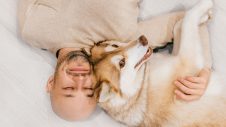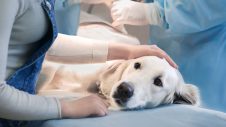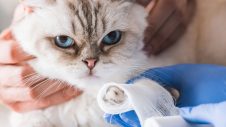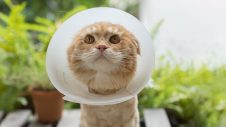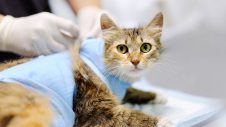Caring for your pet after surgery
Your pet’s surgery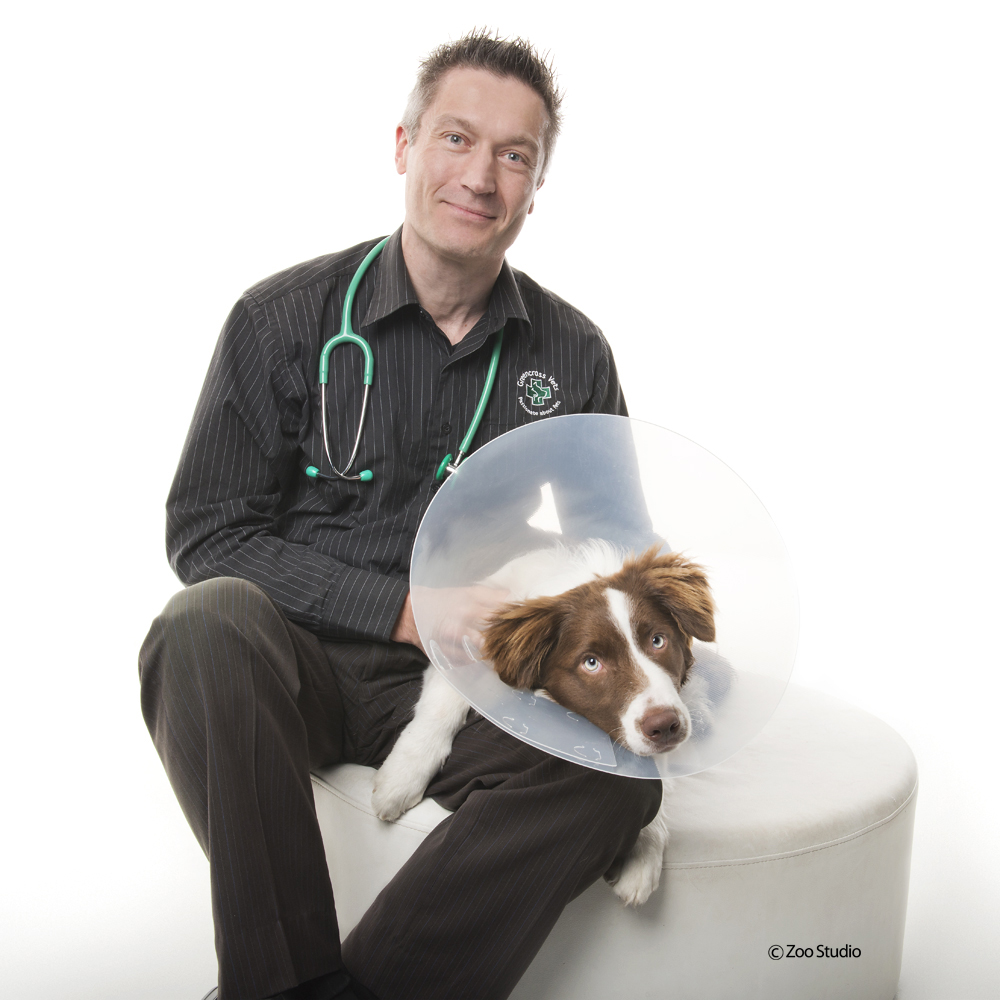
Just like humans, a pet’s recovery after surgery can be an uncomfortable experience. Observe the following information to ensure your furry pal recovers as quickly and comfortably as possible.
To ensure full comfort during surgery your pet has been given a general anaesthetic and/or sedative. They have also been given pain relief to aid any soreness after surgery, particularly for sterilisations.
The anaesthetic was administered through an intravenous injection in the front leg (you may notice a clipped area on the foreleg) and/or by gas through a special tube in the windpipe. Occasionally this tube causes some irritation, which results in a mild cough following surgery. This usually clears up within 24 hours. If it continues we ask you to please contact our healthcare team.
My pet seems very sleepy, is this normal?
The general anaesthetic and/or sedative can take a number of hours to wear off and in some cases can cause patients to appear drowsy for a day or so. Over the next couple of days, their behaviour should return to normal. If you are concerned at any time please call your local Greencross Vets team.
Can I feed my pet tonight?
Your pet may feel a bit ‘off colour’ and sometimes eating can cause vomiting. However, if you notice they are up and about in search of food, a small amount may be offered unless indicated otherwise by your veterinarian. Ensure they have plenty of fresh water at all times, particularly if you have been instructed to restrict their food.
How do I care for my pets wound?
During the postoperative period (approximately 10 to 14 days) the wound needs to be kept clean and dry. Check bandages, casts, and sutures daily and don’t bath your pet or let them swim. Also check the wound for excessive swelling, discharge, gaping or self-inflicted damage. If you have any concerns please contact our healthcare team.
If your veterinarian has inserted a drain into the surgery site, you will notice that it may ooze over the next few days. This is normal and has been placed to encourage the movement of fluid away from the surgery site. If a wound or drain looks dirty, only use salty water to clean unless instructed otherwise by your vet.
What should I do if my pet licks or chews the stitches?
If your pet has stitches they may chew or lick them causing harm and in some cases infection. If your pet shows an interest in the wound, we recommend an Elizabethan collar (a bucket-like device that is worn around the neck).
Bitter tasting sprays are also available to apply to the wound to discourage licking. Just consult our healthcare team for the right product for your pet. Please remember you are responsible for your pet’s aftercare. Re-suturing of wounds may incur an additional cost.
Something’s not right, what should I do?
If you have any doubt about the health of your pet following surgery, please contact our hospital immediately to speak to one of our healthcare team. Signs you may see that can indicate problems include:
- extensive lethargy (particularly after 24 hours)
- vomiting
- excessive redness around the surgery site
- swelling or lumpiness around the surgery site
- bleeding or discharge from the wound.
- continuous licking
- odour from bandage site
About the Elizabethan collar
Elizabethan collars are easy to remove and place back on when necessary. Unless instructed by your veterinarian, the collar should only be removed when your pet is under full supervision. Most pets will learn to eat, sleep and be their normal selves after a day or so. A few days of persisting with a collar can reduce the risk of serious self-injury and prevent further veterinary intervention.
Your local Greencross Vets team is available to assist you with any questions you may about preparing your pet for surgery

 Greencross Vets
Greencross Vets 
